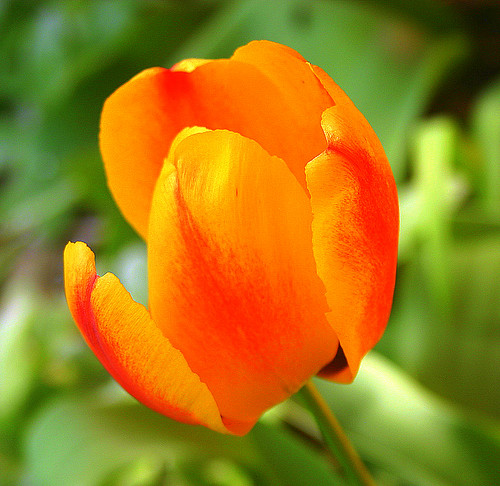The November moon is often known as the Full Beaver Moon, but I prefer the more poetic and lunatic 'Mad Moon.' Who better to soliliquize than
Samuel Taylor Coleridge himself?
Read this one aloud for maximum fun (though it is best to avoid the opium stupour that likely inspired the composition):
A Soliloquy Of The Full Moon, She Being In A Mad Passion Now as Heaven is my Lot, they're the Pests of the Nation!
Wherever they can come

With clankum and blankum
'Tis all Botheration, & Hell & Damnation,
with fun, jeering
Conjuring
Sky-staring,
Loungering
And still to the tune of Transmogrification--
Those muttering
Spluttering
Ventriloquogusty
Poets
With no Hats
Or Hats that are rusty.
They're my Torment and Curse
And harass me worse
And bait me and bay me, far sorer I vow
Than the Screech of the Owl
Or the witch-wolf's long howl,
Or sheep-killing Butcher-dog's inward Bow wow
For me they all spite--an unfortunate Wight.
And the very first moment that I came to Light
A Rascal call'd Voss the more to his scandal,
Turn'd me into a sickle with never a handle.
A Night or two after a worse
Rogue there came,
The head of the Gang, one Wordsworth by name--
`Ho! What's in the wind?' 'Tis the voice of a Wizzard!
I saw him look at me most terribly blue!
He was hunting for witch-rhymes from great A to Izzard,
And soon as he'd found them made no more ado
But chang'd me at once to a little Canoe.
From this strange Enchantment uncharm'd by degrees
I began to take courage & hop'd for some Ease,
When one Coleridge, a Raff of the self-same Banditti
Past by--& intending no doubt to be witty,
Because I'd th' ill-fortune his taste to displease,
He turn'd up his nose,
And in pitiful Prose
Made me into the half of a small Cheshire Cheese.
Well, a night or two past--it was wind, rain & hail--
And I ventur'd abroad in a thick Cloak & veil--
But the very first Evening he saw me again
The last mentioned Ruffian popp'd out of his Den--
I was resting a moment on the bare edge of Naddle
I fancy the sight of me turn'd his Brains addle--
For what was I now?
A complete Barley-mow
And when I climb'd higher he made a long leg
And chang'd me at once to an Ostrich's Egg--
But now Heaven be praised in contempt of the Loon,
I am I myself I, the jolly full Moon.
Yet my heart is still fluttering--
For I heard the Rogue muttering--
He was hulking and skulking at the skirt of a Wood
When lightly & brightly on tip-toe I stood
On the long level Line of a motionless Cloud
And ho! what a Skittle-ground! quoth he aloud
And wish'd from his heart nine Nine-pins to see
In brightness & size just proportion'd to me.
So I fear'd from my soul,
That he'd make me a Bowl,
But in spite of his spite
This was more than his might
And still Heaven be prais'd! in contempt of the Loon
I am I myself I, the jolly full Moon.




















